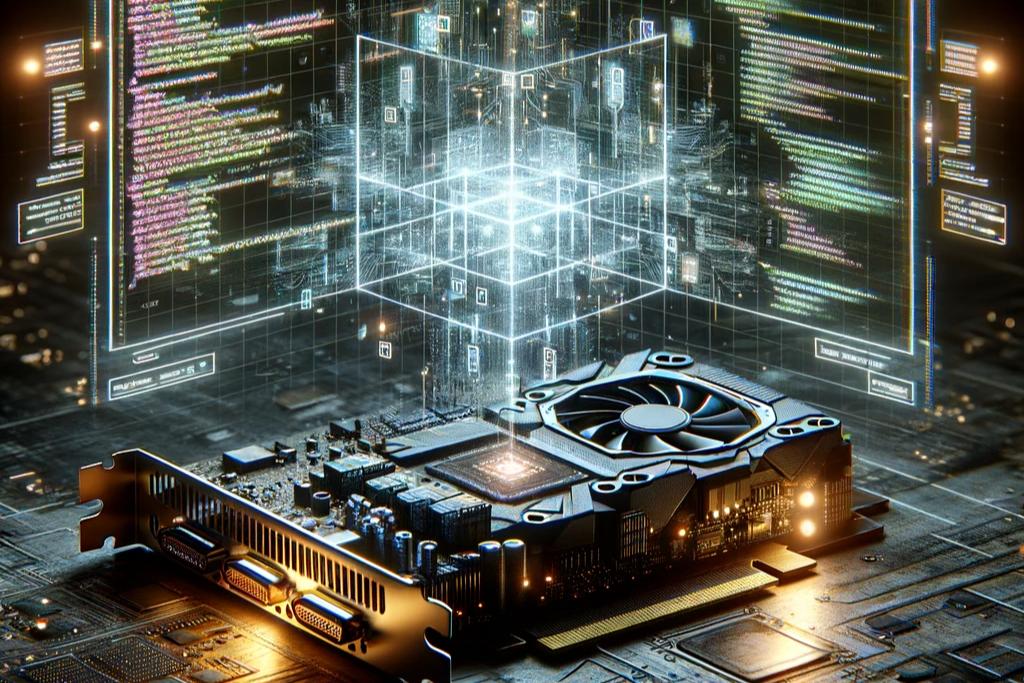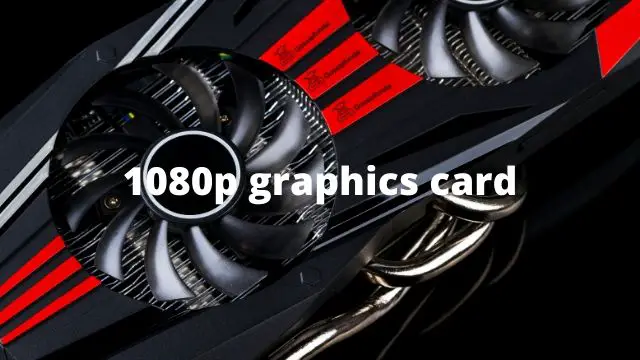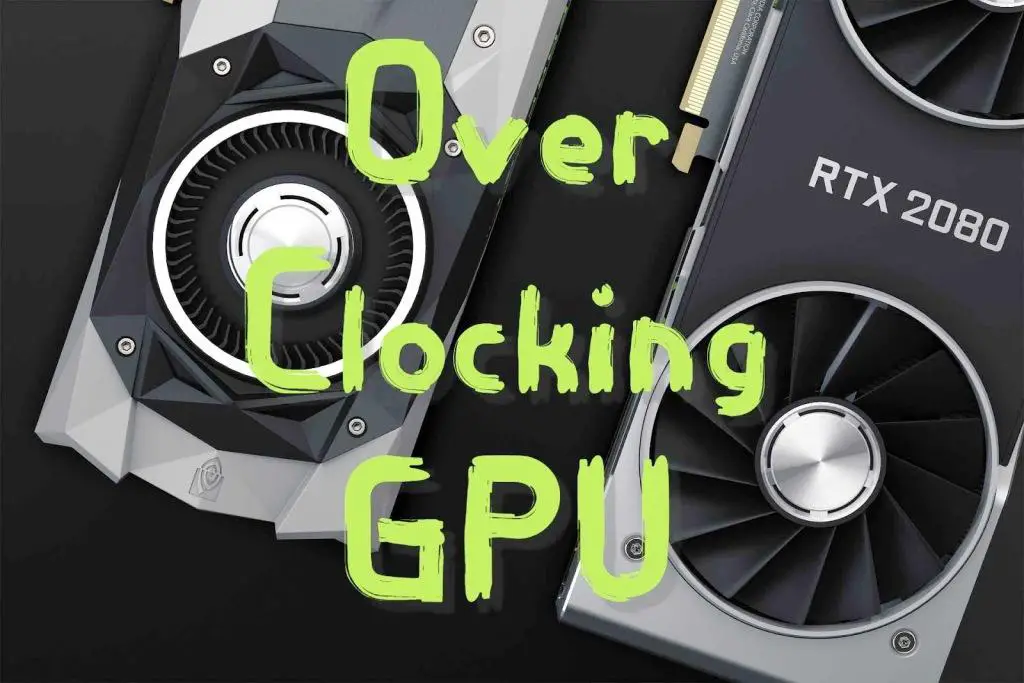The making and coding of graphics cards like the GTX, RTX, Ti, and OC variants involve a combination of hardware design, software programming, and firmware development. Here’s a breakdown of these aspects:
- Hardware Design:
- GPU Architecture: Each series (like GTX or RTX) is based on a specific architecture (e.g., Pascal, Turing, Ampere) designed by NVIDIA. This involves the design of the GPU’s microarchitecture, including the number and type of cores (CUDA cores for general GPU tasks, RT cores for ray tracing in RTX cards, and Tensor cores for AI-related tasks in RTX cards).
- PCB and Component Selection: The physical board (PCB) is designed, and components like VRAM, power delivery systems, and cooling solutions are selected and arranged.
- Firmware Development:
- GPU BIOS: The firmware (or BIOS) for the GPU is coded to manage the basic operations, including initialization sequences, fan control, power management, and communication with the computer’s motherboard.
- Overclocking Profiles for OC Versions: For OC (Overclocked) variants, the firmware is often adjusted to enable higher clock speeds out of the box, within the thermal and power limits of the card.
- Driver and Software Development:
- Device Drivers: Software drivers are developed to allow the operating system and applications to communicate effectively with the GPU. These drivers are crucial for performance and stability and are often updated to improve compatibility with new games and applications.
- Utility Software: Additional software, like NVIDIA’s GeForce Experience, is developed to provide users with tools for optimizing games, updating drivers, and, in the case of OC cards, tweaking performance settings like clock speeds and fan curves.
- Performance Tuning and Testing:
- Benchmarks and Stress Testing: Each card is tested for performance benchmarks and stability under load. This includes extensive stress testing to ensure reliability, especially for OC variants.
- Thermal and Power Testing: Ensuring that the card operates within safe thermal and power limits is crucial, particularly for higher-performing variants like the Ti and OC models.
- Ti and RTX Specific Developments:
- Enhanced Performance for Ti: Ti variants usually involve tuning the GPU for higher performance, often with more cores, higher clock speeds, and sometimes more memory than standard models.
- Ray Tracing and AI Features in RTX: RTX cards require additional development for their ray tracing and AI capabilities, including software support for these features.
- Optimization for Applications:
- Work is done to optimize the performance of these cards for specific applications, like video games, professional 3D rendering, video editing, and AI computations. This can involve collaboration with software developers to ensure compatibility and high performance.
The development of graphics cards is a complex process that combines advanced engineering, software development, and thorough testing to ensure that the cards meet performance expectations and are reliable under various conditions.

Additional aspects beyond hardware design, firmware, and software development
If you’re looking for additional aspects beyond hardware design, firmware, and software development in the making and coding of graphics cards like GTX, RTX, Ti, and OC models, there are several other critical areas to consider:
- Material Science and Manufacturing:
- Semiconductor Fabrication: The GPU chip is manufactured using sophisticated semiconductor fabrication techniques. This involves the use of silicon wafers, photolithography, and various chemical and physical processes to create the intricate structures of a GPU.
- Material Innovations: Advances in materials, such as the use of more efficient heat conductors for cooling or more durable components, play a significant role in GPU development.
- Cooling Solutions:
- Designing Cooling Systems: Effective cooling solutions are critical for maintaining performance and longevity. This includes the design of heatsinks, fans, and in some cases, liquid cooling systems.
- Thermal Dynamics: Understanding and managing the thermal behavior of the GPU and its components is crucial, especially for high-performance models.
- Electrical Engineering:
- Power Delivery: Designing efficient power delivery systems to ensure the GPU receives stable and sufficient power under varying loads is vital.
- Circuit Design: The design of the electrical circuits within the GPU and around it, including memory interfaces and connections to other parts of the system.
- Quality Control and Reliability Testing:
- Longevity and Durability Tests: Extensive testing is conducted to ensure that the graphics cards are durable and can sustain long-term use under different environmental conditions.
- Fault and Error Testing: Identifying potential points of failure and testing how the card behaves under error conditions are important.
- User Interface and Experience Design:
- Software Interface: Designing user-friendly interfaces for the software that accompanies graphics cards, such as control panels for adjusting settings or monitoring performance.
- User Experience Considerations: Considering how users will interact with the hardware and software, including ease of installation, compatibility issues, and usability of additional features.
- Environmental and Regulatory Compliance:
- Energy Efficiency: Ensuring that the cards meet certain standards of energy efficiency.
- Compliance with Environmental Regulations: Adhering to regulations regarding hazardous materials, recycling requirements, and emissions.
- Market Research and Consumer Feedback:
- Understanding Consumer Needs: Researching and understanding what gamers, professionals, and general users expect from their graphics cards.
- Feedback Integration: Incorporating feedback from users and reviews into future designs and software updates.
- Collaboration with Game and Software Developers:
- Optimization for New Technologies: Working closely with game and software developers to ensure new graphics cards are optimized for upcoming technologies and software capabilities.
These additional aspects highlight the complex interplay of various disciplines and considerations that go into creating a graphics card. From the microscopic level of semiconductor fabrication to the user experience and environmental compliance, each aspect plays a vital role in delivering the final product to the consumer.
Awill Guru is a technology enthusiast with degrees in VLSI Engineering (B.Tech, M.Tech) and Android Development. Their passion for education drives them to teach and share knowledge through their blog. He also hold qualifications in Sociology (M.A.) and Education (B.Ed), along with NIELIT O and A Level certifications.


